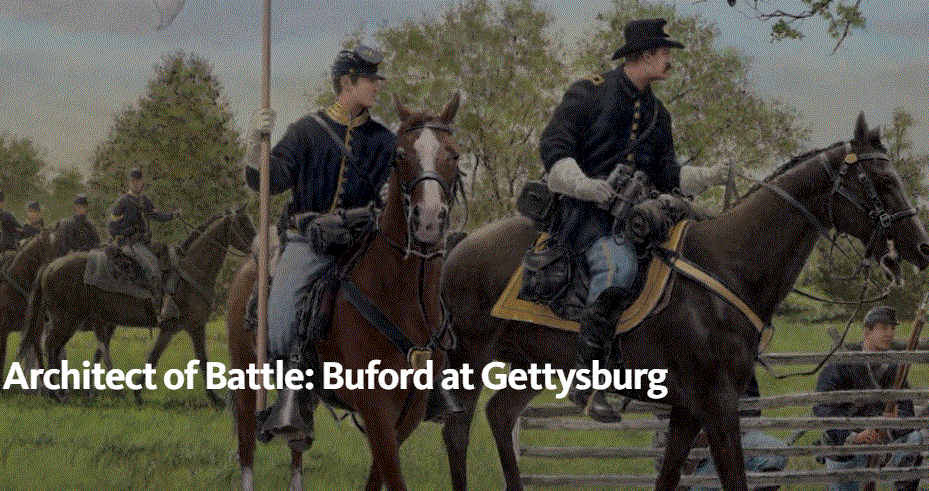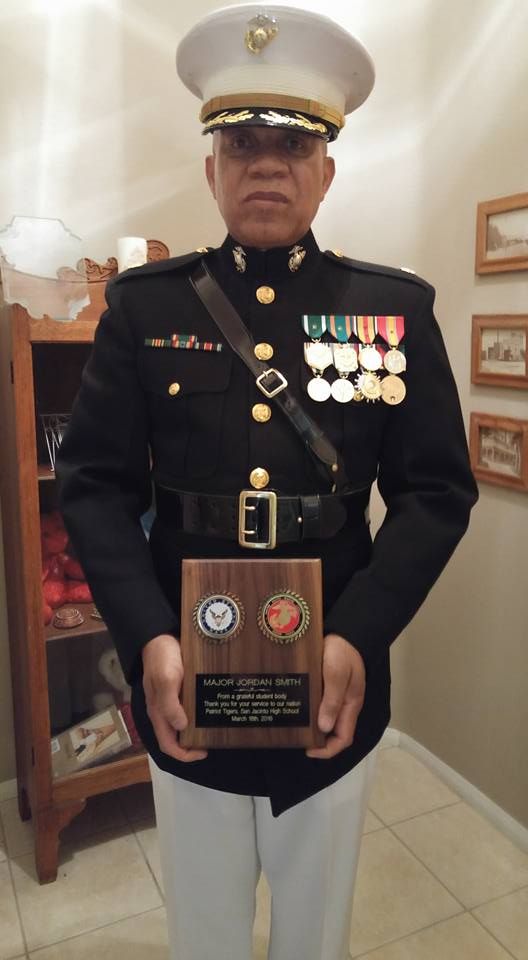|
Now I understand why I had to read 200 pages of the History of Sea Power back in 1972. We study the past to repeat what works. A lesson to learn for any leader.
I will be leaving early tomorrow morning en-route to Gettysburg to learn more about leadership. The preparations for this trip required the reading of resources specifically a book entitled "Killer Angels" and my team has adopted General Buford. So this post is about leadership and learning from the experience of the past. So what have I learned? See reference below: Late in June 1863, the divisions of two great armies roamed Maryland and Pennsylvania. In retrospect, their confrontation at the crossroads of Gettysburg seems almost inevitable. However, the outcome of that confrontation was largely the work of one Union officer. This officer was born in Kentucky to a Democrat family. He would lead the First Division of Union Cavalry under orders to secure the crossroads in the vicinity of Gettysburg. How he executed these orders ensured the Union Army the best chance of victory in the upcoming battle. He serves as a case-study in the theoretical and practical applications of tactics and strategy. Buford's leadership prior to the battle ensured that his troops were well prepared and ideally positioned for the Confederate advance. The leadership and defensive concepts he employed remain relevant today. Buford’s objective on June 29th was to secure the town of Gettysburg for consolidation of the Army. As such, Buford avoided prolonged combat when encountering a Confederate force (Longacre, p. 181). Another inconsequential clash occurred on the following day, June 30th, against a reinforced Confederate scouting party. Buford’s subordinate commanders viewed this as a positive sign, indicating the enemy’s unwillingness to press the issue. But Buford differed and correctly inferred that the lack of enthusiasm for fighting on the part of the Confederates indicated they had a better option than a hasty fight (Longacre, p. 182). To confirm his suspicions, Buford conducted his own extensive reconnaissance of the terrain around the town. He talked with civilians and personally visited far-flung elements of his own forces, or pickets as they were called, to gather the most complete assessment of the enemy. He came to realize that a substantial force under General Hill was as close as 9 miles away (Longacre, p. 181–182, 184). Buford’s supervision of his forces on the eve of battle was comprehensive, and several aspects of what are today known as the US Army’s “troop leading procedures” were evident in his leadership example. Buford set up his undersized element to force the Confederates to attack multiple superior defensive positions throughout the day. References Longacre, E. (1992) The Cavalry at Gettysburg: A Tactical Study of Mounted Operations during the Civil War’s Pivotal Campaign Zeitz, C. (2015). Architect of Battle: Buford at Gettysburg. Retrieved from https://medium.com/@privatesnuffy/architect-of-battle-6a538c0b1199
0 Comments
Your comment will be posted after it is approved.
Leave a Reply. |
Dr. Jordan B smith jr.I attended the U. S. Naval Academy from 1972-1976 earning a B.S. in Mathematics. Served 20 years both active and reserve in the US Marines. Veteran of the Desert Shield/Storm. I earned a MAED and Ed D. specializing in curriculum and instruction from the University of Phoenix in 2015. I graduated from CBC High School in Clayton, MO in 1972. Archives
May 2024
Categories
All
|


 RSS Feed
RSS Feed